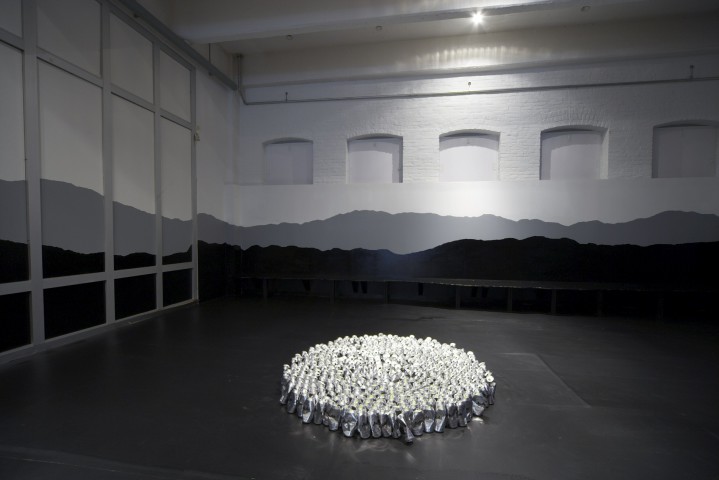
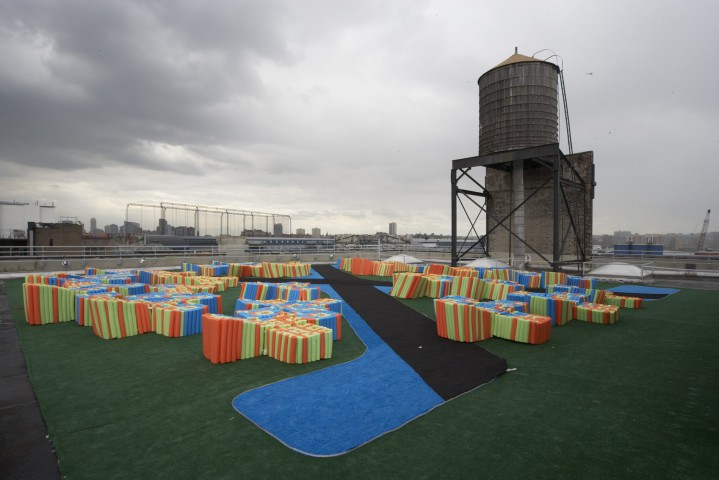
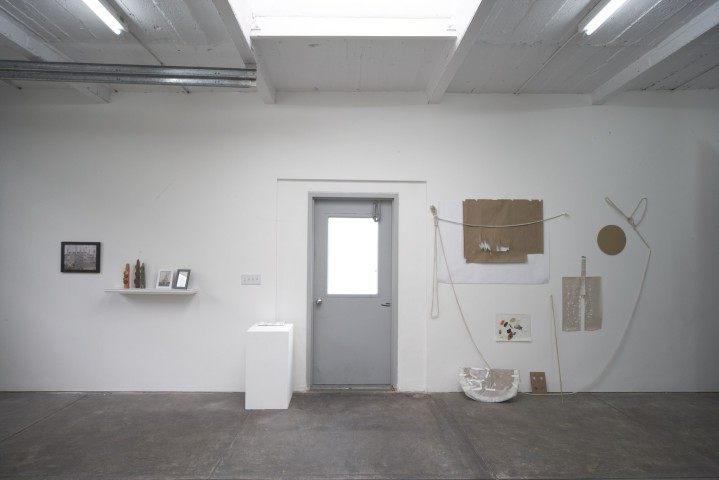



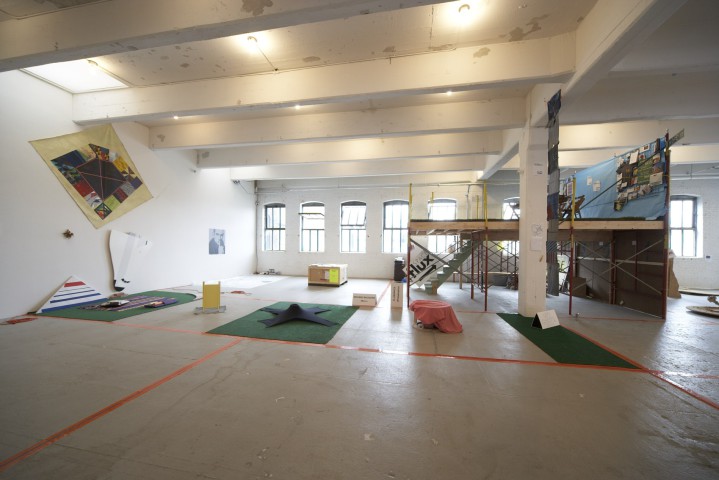



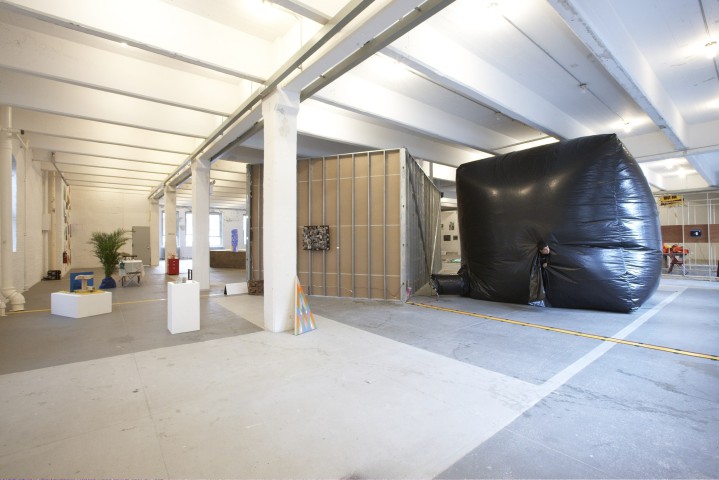
Arthub at X New York: No Soul for Sale—A Festival of Independents
Held at X from June 24th to June 28th, No Soul for Sale—A Festival of Independents will bring together some of the most interesting not-for-profit art spaces from around the world. No Soul for Sale will be a gathering of the most exciting, innovative and respected not-for-profit centers, alternative institutions, artists’ collectives and independent enterprises that are contributing to the international art scene by inventing new strategies of distribution and aggregation.
X has invited up to 40 not-for-profit art spaces from around the world including Arthub Asia. This is not a fair nor an exhibition, No Soul for Sale is a convention of individuals and groups that have devoted their energies to keeping art alive. No Soul for Sale wants to be an exercise in coexistence: organizations will exhibit next to each other without partitions or walls. The Festival aims at emphasizing a creative, imaginative setting by simply marking each space on the floor: as in Lars von Trier’s “Dogville.” The bare setting will only consist of painted outlines across the floor–neighbors and colleagues, friends and enemies will have to contend for space and attention. The festival will celebrate the spontaneity and energy of these groups and individuals–it will be a gathering of free radicals, stray dogs and other unreasonable people. Each organization will come at its own expense.
Arthub will present a selection of documentation of off-exhibitions in Shanghai from 1998 to 2006. Please see below for a brief introduction to the selected Arthub collaborations and exhibitions that will be presented at this year’s X festival.
A Small Gift to New York–A Shanghai Archive
The history of Chinese contemporary art may only date back a few decades, but it is rooted in a progressive, albeit uneven correspondence, with the West. Since the late 1980’s, exhibition makers and curators have organized various exhibitions both abroad and in China to explore diverse realms in Chinese contemporary art. These exhibitions not only highlighted China and its artistic scene in myriad ways, but also the larger historical, cultural and socio-political context of the country. Although major international showcases of contemporary Chinese art such as in Berlin, Paris and Venice have attracted much attention in the early 1990’s, the development of the art scene in Shanghai has been mostly understated and characterized by very peculiar social, cultural and economic circumstances.
It is possible to argue that the arts scene in Shanghai started changing only in the late 1990’s, when a group of young artists including Xu Zhen and Yang Zhenzhong decided to shake it up. These artists, who are to this day the very influential and active players behind the exhibition program of Bizart, created some of the most outstanding exhibitions and happenings of the last ten years. Their curatorial kick-off was with Art for Sale in 1999, which took place in a shopping mall in the heart of the city, and since then, this group maintained a spirit of experimentation. From Fang Mingzhen and Fang Mingzhu, a satellite exhibition of Shanghai Biennale in 2002, to Dial 62761232, they continued to display new forms of curatorial approaches and presentations. Fang Mingzhen and Fang Mingzhu, for instance, was built on two mirrored, but identical gallery spaces. The audience needed to decide from which entrance to start their gallery visit, discovering along the way that the artists presented showed works based on a “conceptual mirror.” It was the same space, same artworks, but with little differences and deviance’s in arrangement and content.
The most critical outcome could be seen in a city-wide exhibition organized by the same group in 2006 called Solo Exhibition, a “hidden” group show of 38 artists, but presented and communicated as individual solo exhibitions. Each artist had a space for a solo presentation as a critical response to the mass presentations like Biennials and Art Fairs worldwide. All these exhibitions have nurtured the careers of critical artists such as Yang Fudong, Kan Xuan, Qiu Anxiong, Shi Yong, Song Tao/Birdhead, to name a few, and many more.
In addition, there was also an earlier yet significant response to the “internationalizing” state of Shanghai art scene, hence the FUCK OFF exhibition. This particular one was organized by Stars Group member Ai Weiwei, together with the critic Feng Boyi, at Eastlink in response to the 2000 Shanghai Biennial. The year 2000 was when video art and installations were allowed as an art form on the premises of a government-run museum for the first time. Most of the participating artists in this show from Shanghai came also from Bizart’s immediate environment.
At X, we will provide only a fraction of the most significant Shanghainese exhibitions of the past decade. Our goal is not only to provide insight into the evolution and history of Chinese contemporary art through the lens of its underexposed exhibitions, but also foster a chance to create debate around them and enhance knowledge-production. We believe that our sample program is representative of how Shanghai has shaped itself, and who we are now, at least all of the people who think that sharing is the most valuable way to demonstrate trust in the future of the arts in Asia.